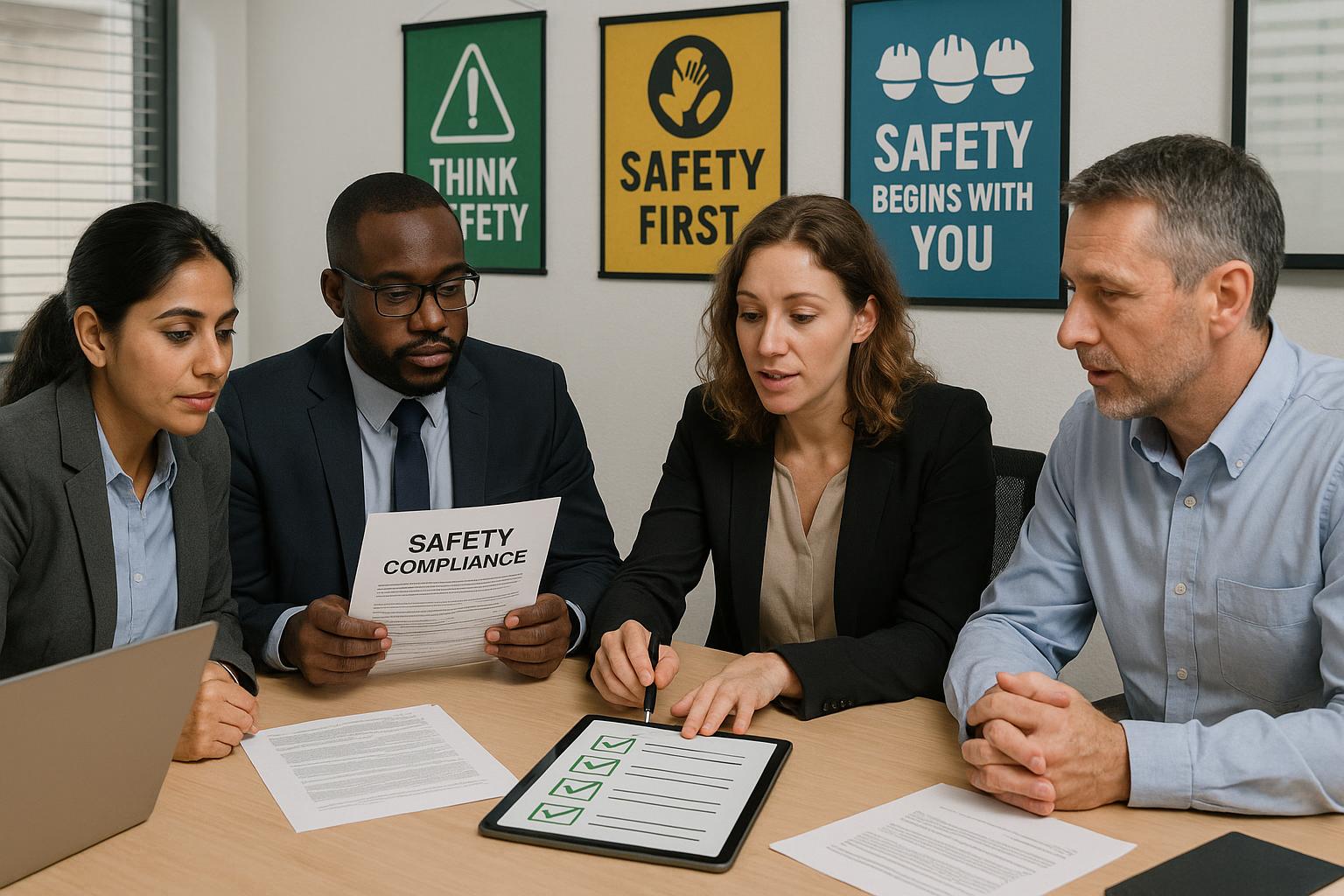Introduction
The proper use of Personal Protective Equipment (PPE) is crucial for ensuring worker safety. However, organizations often face challenges related to misconceptions and non-compliance among workers. Overcoming these obstacles is essential to establish a strong safety culture and minimize the risk of workplace incidents. This article addresses common obstacles in PPE use, such as misconceptions and non-compliance, and provides strategies for addressing them. By addressing these challenges head-on, organizations can promote a culture of safety and enhance worker protection.
Common Misconceptions about PPE
- “PPE is Unnecessary”: Some workers may mistakenly believe that PPE is unnecessary, especially if they perceive the risk to be low. This misconception can lead to non-compliance and an increased risk of injury.
- “PPE is Uncomfortable”: Workers may resist using PPE if they find it uncomfortable or believe it hinders their productivity. This misconception can be addressed through proper PPE selection, fitting, and education on the importance of comfort and functionality.
- “PPE Provides Absolute Protection”: Workers may wrongly assume that PPE guarantees complete protection from all hazards. It is important to educate workers about the limitations of PPE and the need for additional control measures to mitigate risks.
Strategies to Address Misconceptions and Non-compliance
- Education and Training: Provide comprehensive education and training programs that address the importance of PPE, its proper use, limitations, and relevant regulations. Emphasize the potential consequences of non-compliance and highlight real-life examples and case studies to reinforce the importance of PPE.
- Clear Communication: Establish open channels of communication to address workers’ concerns, misconceptions, and questions about PPE. Encourage workers to voice their opinions and provide feedback, fostering a sense of ownership and engagement in safety practices.
- Lead by Example: Demonstrate commitment to PPE use by ensuring that supervisors and managers consistently follow proper PPE protocols. When workers see their leaders prioritizing safety and adhering to PPE requirements, it reinforces the importance of compliance.
- Tailor PPE Selection: Involve workers in the selection process by considering their input and preferences when choosing PPE. Engaging workers in the decision-making process can increase their acceptance and willingness to use PPE.
- Proper Fit and Comfort: Ensure that PPE is properly fitted to individual workers. Ill-fitting equipment can lead to discomfort and non-compliance. Provide a range of sizes and options to accommodate diverse body types and consider ergonomic design principles to enhance comfort.
- Regular Inspections and Maintenance: Implement a robust inspection and maintenance program to ensure that PPE is in good condition and functioning properly. Regular inspections, repairs, and replacements demonstrate the organization’s commitment to worker safety and encourage compliance.
- Consistent Reinforcement: Continuously reinforce the importance of PPE use through posters, signs, reminders, and toolbox talks. Regularly communicate PPE policies, share success stories of incidents prevented by PPE, and recognize workers who consistently adhere to safety protocols.
- Enforce Accountability: Establish consequences for non-compliance with PPE requirements, such as disciplinary actions or retraining. Consistent enforcement sends a clear message about the organization’s commitment to safety and the expectation of compliance.
Conclusion
Addressing misconceptions and non-compliance related to PPE use is vital for establishing a strong safety culture and minimizing workplace incidents. By providing education and training, maintaining clear communication, leading by example, tailoring PPE selection, ensuring proper fit and comfort, conducting regular inspections and maintenance, reinforcing the importance of PPE, and enforcing accountability, organizations can overcome these obstacles. By actively addressing these challenges, organizations foster a culture of safety, enhance worker protection, and create a work environment where PPE is embraced as a vital component of worker well-being.



